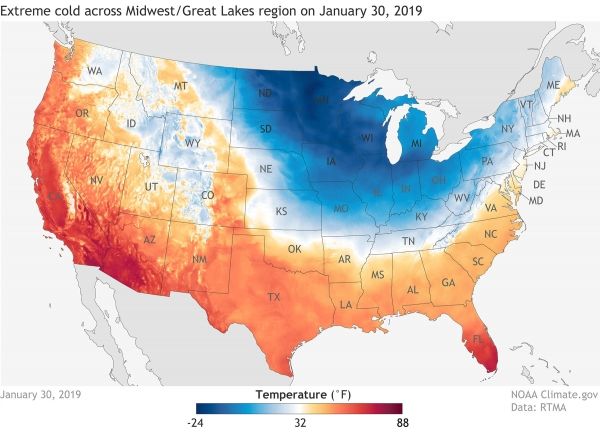Rice University engineers have created a deep learning computer system that taught itself to accurately predict extreme weather events, like heat waves, up to five days in advance using minimal information about current weather conditions.
Ironically, Rice’s self-learning “capsule neural network” uses an analog method of weather forecasting that computers made obsolete in the 1950s. During training, it examines hundreds of pairs of maps. Each map shows surface temperatures and air pressures at five-kilometers height, and each pair shows those conditions several days apart. The training includes scenarios that produced extreme weather — extended hot and cold spells that can lead to deadly heat waves and winter storms. Once trained, the system was able to examine maps it had not previously seen and make five-day forecasts of extreme weather with 85% accuracy.
With further development, the system could serve as an early warning system for weather forecasters, and as a tool for learning more about the atmospheric conditions that lead to extreme weather, said Rice’s Pedram Hassanzadeh, co-author of a study about the system published online this week in the American Geophysical Union’s Journal of Advances in Modeling Earth Systems.
Read more at Rice University
Map: A map of daytime high temperatures on Jan. 30, 2019, based on NOAA Real-Time Mesoscale Analysis (RTMA) data. The cold wave that struck the U.S. Midwest and eastern Canada in late January 2019 killed more than 20 people and produced the coldest temperatures in more than 20 years over much of the region. (Map by NOAA Climate.gov, based on RTMA data provided by Steve Levine/NCEP)


